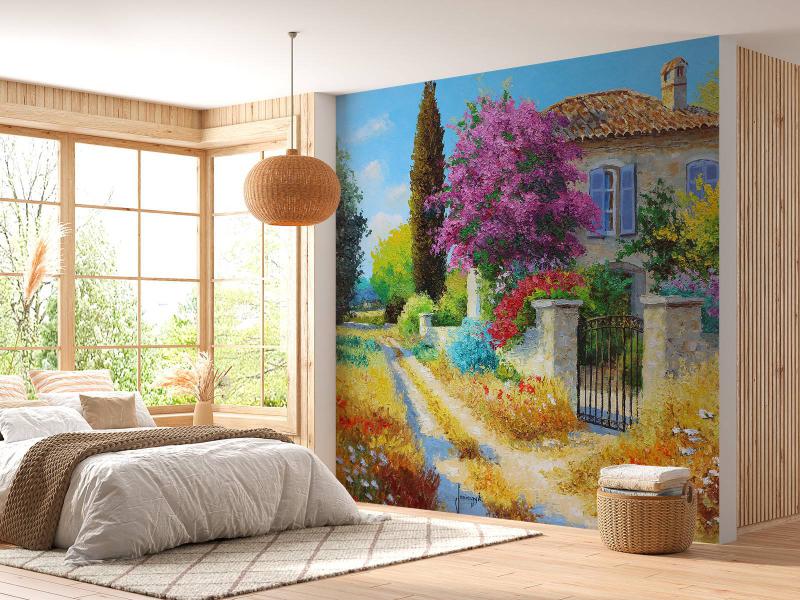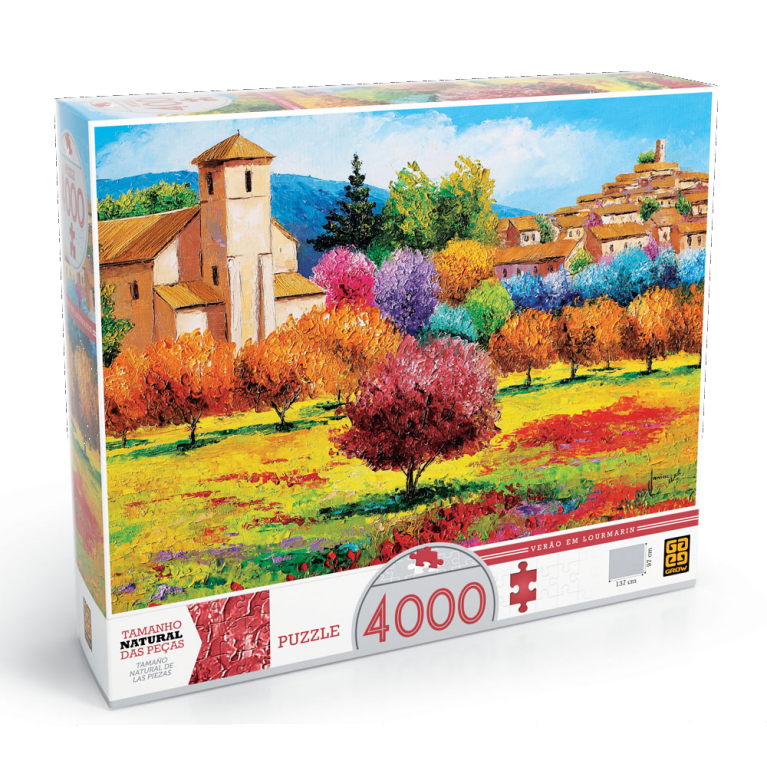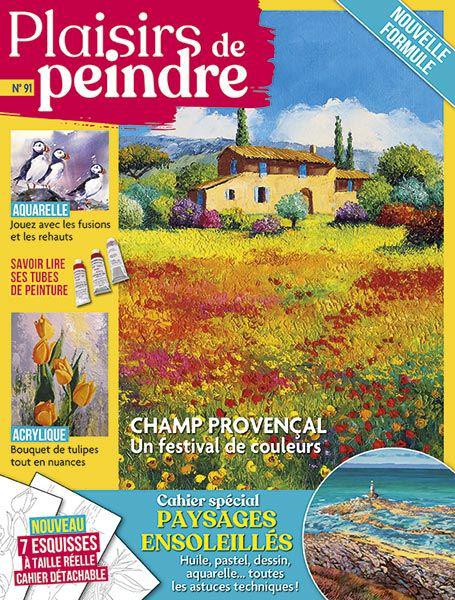Jean-Marc JANIACZYK is a self-taught French painter, born on 1966. He has been passionate about drawing since childhood, and in 1991, he began painting. Years of drawing provided him with a solid foundation in artistic technique.
He experimented with watercolor, pastel, acrylic, and oil, but ultimately chose oil paint for its flexibility, creamy texture, and slow drying time, qualities that suited his evolving style.

His early paintings were modest attempts, but through careful observation and persistent practice, he taught himself to faithfully reproduce what he saw. This led him to explore the demanding style of hyperrealism.
Drawn to the beauty of nature, Jean-Marc always favored landscapes. In 1999, he first experimented with a palette knife to add texture to floral elements. He was immediately captivated by the expressive quality of the technique. Since then, he has painted exclusively with palette knives, depicting nature in bold, vibrant colors.
He is especially inspired by the landscapes of southern France, where intense sunlight and striking contrasts bring scenes to life. Occasionally, he also explores portraits and human figures.
Jean-Marc seeks to capture the warmth and essence of summer. Each of his paintings is an invitation to wander through a sunlit path, pause to admire the scenery, breathe in the scent of flowers, and savor a fleeting moment.
His artworks have enjoyed great success worldwide. Many of his paintings have been reproduced and distributed in various forms: cross-stitch kits, greeting cards, calendars, puzzles, posters, stationery, clothing, and more. His image licenses are managed by MGL Licensing in London.
Some notable product collaborations include:
Wallpapers and posters sold by Walmart (USA) and Posterlounge (Europe), and more.
Puzzles produced by Holdson, Clementoni, Grow, among others.
He has also contributed several four-page articles to special issues of a French art magazine.
His works can be found in private collections across Belgium, Canada, Czech Republic, Denmark, France, Germany, Greece, Italy, Japan, Mexico, Morocco, Russia, Romania, Slovakia, Spain, Ukraine, the United Kingdom, the United States, and South Africa.



Oil Painting with a Palette Knife: Between Matter and Light;
Oil painting with a palette knife is both a powerful and delicate technique, where each gesture of the artist brings the material to life. Unlike the brush, which gently caresses the canvas, the palette knife sculpts the color, creating vibrant reliefs, dynamic textures, and an immediate pictorial presence.
One of the most striking effects of this technique lies in its Impressionist impastos. Thick strokes of paint, laid in irregular layers, catch natural light in a unique way. They offer the eye a play of shadows and reflections that animates the painting’s surface, making water more alive, rock more tactile, and vegetation more dense. Each stroke of the knife becomes a direct expression of emotion, a shortcut between the artist’s vision and the viewer’s sensation.
But this technique is not limited to the strength of texture. The knife also allows for remarkable graphic finesse. By tilting the blade or pressing it precisely, the artist can trace delicate lines of light, sculpt the edge of a rock, highlight the curve of a tree trunk, or pick out the details of sunlit foliage. These clean incisions, almost engraved into the thick paint, give the painting structure, tension, and a rare visual clarity.
This constant dialogue between the power of gesture and the subtlety of detail is what makes knife painting so captivating. It combines the spontaneity of Impressionism with the discipline of drawing, while celebrating the living matter of oil paint. The result? Intensely expressive, vibrant works, where each stroke of the blade becomes a trace of light, and each impasto a pulse of life.



